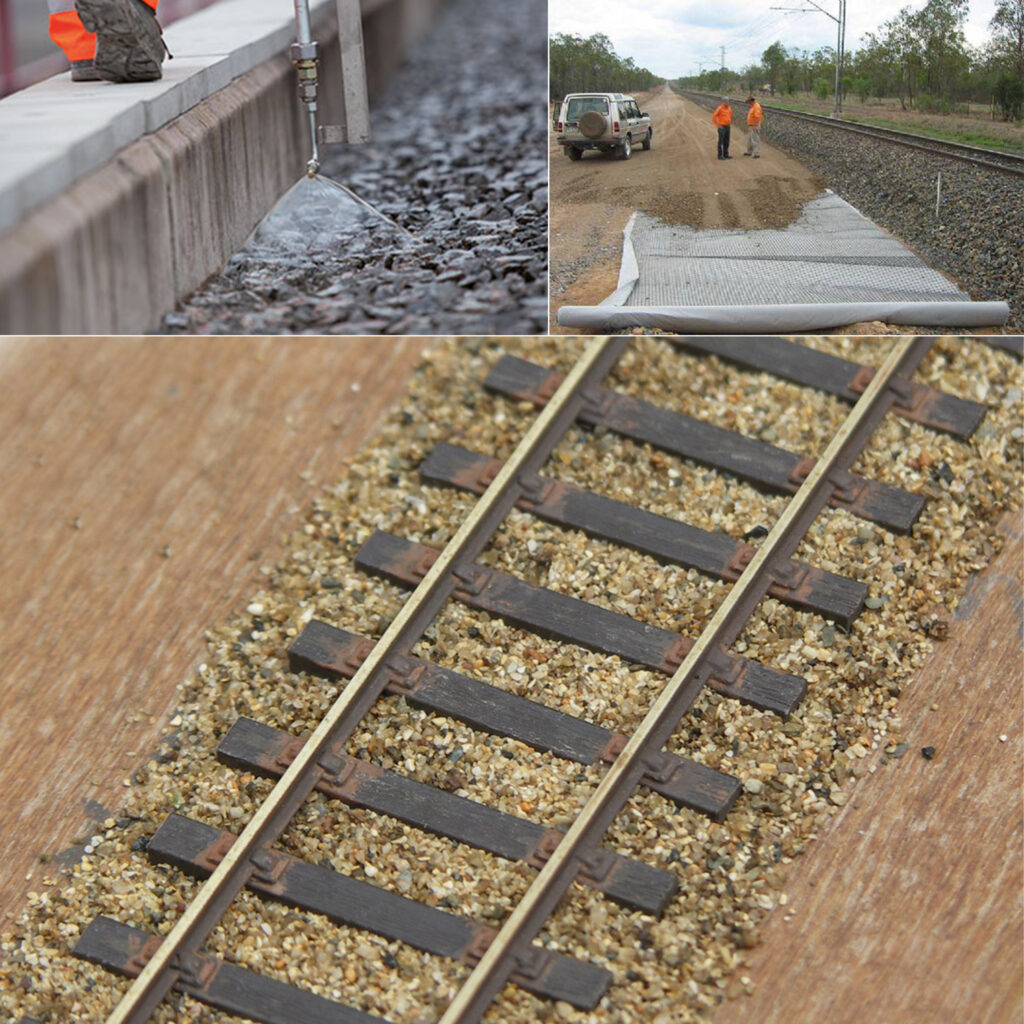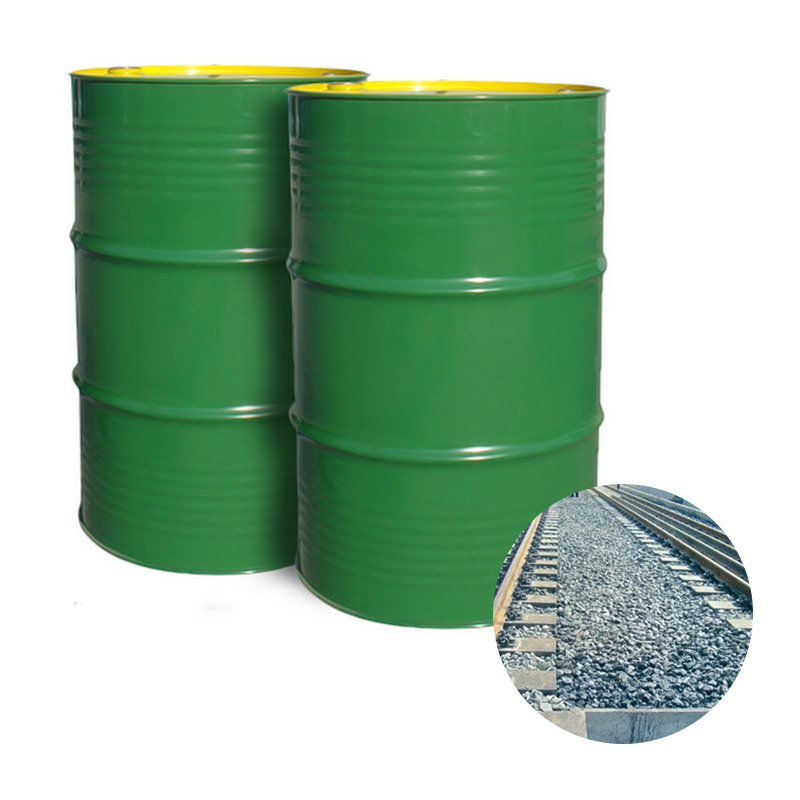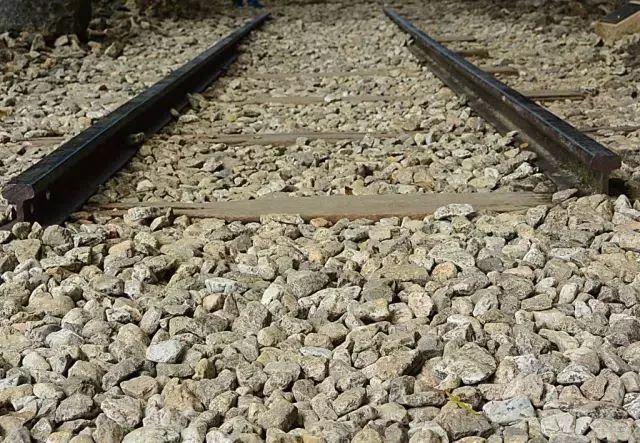Ballast Adhesive
High-pressure and weather-resistant, specially designed for railway track construction and maintenance, ensuring ballast stability and safety.
What is PU Ballast Glue?
Polyurethane Ballast Adhesive is a high-performance bonding material specifically designed for railroad construction and maintenance. It offers excellent water resistance, weather resistance, and compressive strength, making it ideal for securing and stabilizing track ballast, ensuring the safety and longevity of railway systems. This adhesive performs reliably under extreme weather conditions and heavy loads, providing a long-lasting bond.
- High-Strength Bonding: Provides strong adhesion between ballast and track foundation, ensuring long-term stability.
- Superior Weather Resistance: UV-resistant, water-resistant, and heat-resistant, suitable for all climates.
- Fast Curing: Achieves required bonding strength in a short time, reducing construction time.
- High Pressure Resistance: Withstands the high pressure generated by high-speed trains, ensuring ballast stability.


Specification Of Ballast Adhesive
Curing Time: 30 minutes (full curing time varies with temperature)
Applicable Temperature Range: -40°C to +80°C
Bonding Strength: ≥5000 PSI
Color: Transparent or custom colors
Water Resistance: Excellent water resistance, suitable for wet environments
Application Range: Ideal for securing railway track ballast, gravel, and other infrastructure foundations.
If you have any questions Contact for free
Application Of Ballast Adhesive
- Railroad Track Construction & Maintenance: Used to bond track ballast and track foundations, ensuring long-term stability of the track.
- High-Speed Rail Systems: Provides extra stability under high-speed train traffic, preventing ballast displacement.
- Harsh Environmental Conditions: Suitable for railway maintenance in extreme climates, ensuring reliable bonding in cold, wet, or hot environments.

User’s Guidance
Easy to use instructions
① Ballast cleaning
Use machinery or manual work to clean the impurities and dust in the ballast.
The ballast should be dry, free of oil and water.
②Preparation of ballast rubber
Mix the ballast glue and water according to the instructions.
The mixing time should be no less than 2 minutes to ensure that the ballast glue and water are fully mixed.
③Ballast rubber pouring
Pour the prepared ballast rubber into the ballast.
When pouring, attention should be paid to uniformity to ensure that the ballast is fully wrapped with ballast glue.
④Ballast tamping
The ballast is tamped mechanically or manually.
Tamping should be even and smooth to ensure full contact between the ballast glue and the ballast.
⑤Maintenance
After the ballast rubber is poured, it should be maintained.
The maintenance time is generally 24 hours, and the specific time can be adjusted according to the instructions.
Construction points
The construction of ballast rubber should be carried out at an ambient temperature of 5-35°C.
When constructing ballast rubber, attention should be paid to safety and skin contact should be avoided.
After the construction of ballast rubber, the site should be cleaned up in time.
FAQ
Rail ballast glue is made from environmentally friendly materials. It is non-toxic and harmless, does not produce harmful substances, and has a small environmental impact.
Rail ballast glue has good weather resistance and can withstand harsh environmental conditions such as high temperature, low temperature, rain, and ultraviolet radiation.
The cost of rail ballast glue is competitive with other track bonding materials and can save users money.
The construction technology of rail ballast glue is simple and easy to operate, without the need for complex construction processes.
Rail ballast glue can also be applied in other fields, such as road, bridge, and water conservancy engineering.
The shelf life of ballast rubber is generally 12 months.
The construction temperature of ballast rubber is generally 5-35℃.
Ballast rubber should be stored in a cool, dry place away from direct sunlight
